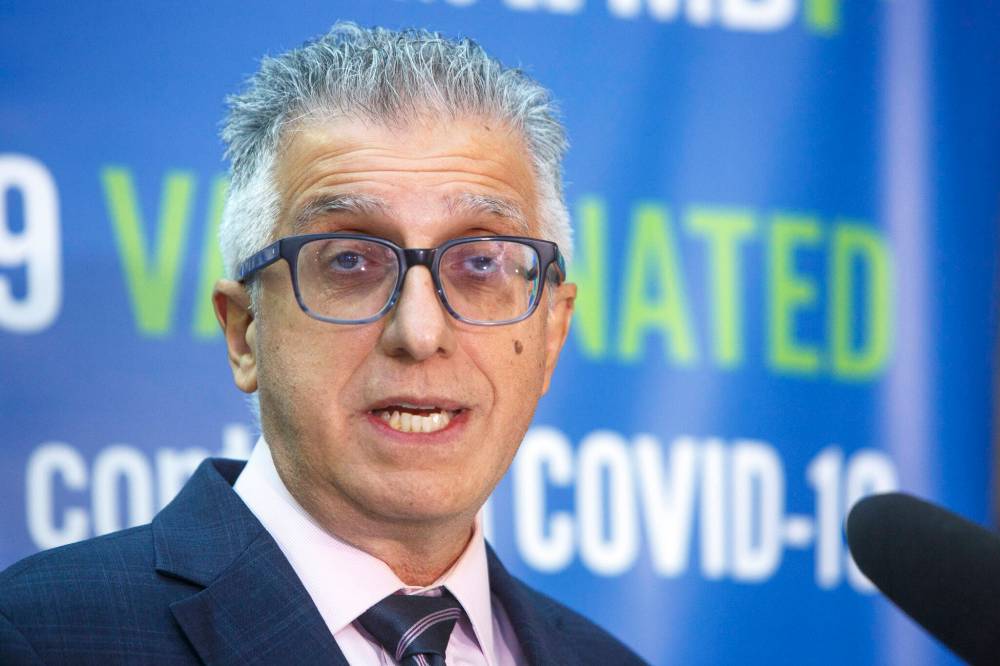Post-secondary funding model must evolve
Advertisement
Read this article for free:
or
Already have an account? Log in here »
To continue reading, please subscribe:
Monthly Digital Subscription
$1 per week for 24 weeks*
- Enjoy unlimited reading on winnipegfreepress.com
- Read the E-Edition, our digital replica newspaper
- Access News Break, our award-winning app
- Play interactive puzzles
*Billed as $4 plus GST every four weeks. Offer only available to new and qualified returning subscribers. Cancel any time.
Read unlimited articles for free today:
or
Already have an account? Log in here »
Hey there, time traveller!
This article was published 14/11/2022 (808 days ago), so information in it may no longer be current.
Manitoba’s higher education funding model remains in a state of limbo, with major changes looming despite pushback from post-secondary institutions. For the last three years, publicly funded universities and colleges have been waiting for the ball to drop.
Late in 2019, the Progressive Conservative government sent mandate letters, espousing the benefits of performance-based funding, to the University of Manitoba, University of Winnipeg, Brandon University, St. Boniface University, Red River College Polytechnic, University College of the North and Assiniboine Community College. These schools currently receive lump-sum operating grants, which had been frozen and minimized under former premier Brian Pallister.
Last month, stakeholders received a guide outlining how the province plans to use such metrics as school achievements and student outcomes to determine funding and create an accountability framework. The document sets the tone for forthcoming consultations with the public, business interests and the post-secondary community.

MIKE DEAL / WINNIPEG FREE PRESS FILES
University of Manitoba president Michael Benarroch.
How schools are spending taxpayer money is of no small consequence. Taken together, these institutions receive more than $1 billion in public funding annually.
Accountability is necessary, and improved oversight has been recommended in previous education reviews and reports from the auditor general. However, issues remain related to how that oversight is expected to roll out.
While the government’s most recent accountability guide stresses the importance of respecting the autonomy and diversity of different schools, the focus on job creation and the labour market runs counter to the purpose of certain institutions and programs.
Universities aren’t the same as trade schools, which are designed to prepare students for specific workforces with on-the-job training incorporated into the curriculum. Technical colleges work closely with industry, and regularly report on graduate earnings and employment rates because it is an important barometer of their function.
University degrees also lead to employment, but offer students a different experience. Developing critical thinking skills, as well as subject-matter expertise, is a key part of the mandate; it’s also something that’s sorely needed in an era of targeted misinformation.
But this seems an unlikely — or, perhaps, impossible — outcome to measure. How does one quantify the critical-thinking skills of a graduating class, and what monetary value could be assigned to that data point?
In response, U of M president Michael Benarroch sent a letter warning of the potential risks of tying funding to data. “Focusing on specific metrics can have the effect of punishing institutions for building programs that may not connect directly with these specific metrics, such as those that address equity and social justice,” he wrote.
Under a mandate based on performance outcomes and graduate employment, humanities programs are likely to suffer. Schools will be incentivized to pump money into competitive streams, while leaving programs that provide important social and historical context to languish.
The demand on schools to become more nimble in responding to the needs of industry is also fraught. Academia and skills training are a long game, requiring years of study and with degrees and diplomas doled out in years, not months.
Forcing higher education to tailor programming to an ever-changing job market is unrealistic. For example, consider the situation unfolding in New York, where a glut of grads from tech-focused programs is struggling to find work in their chosen field. The same goes for highly promoted STEM (science, technology, engineering and math) streams with lacklustre current hiring rates.
Fiscal accountability and student outcomes are the subjects of two different conversations; seeking to lump them together does a disservice to both students and institutions. If the provincial government truly wants to improve higher education in Manitoba, it needs to enter into its upcoming consultation with good faith and an open mind.


